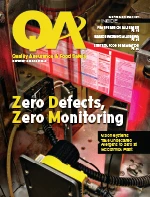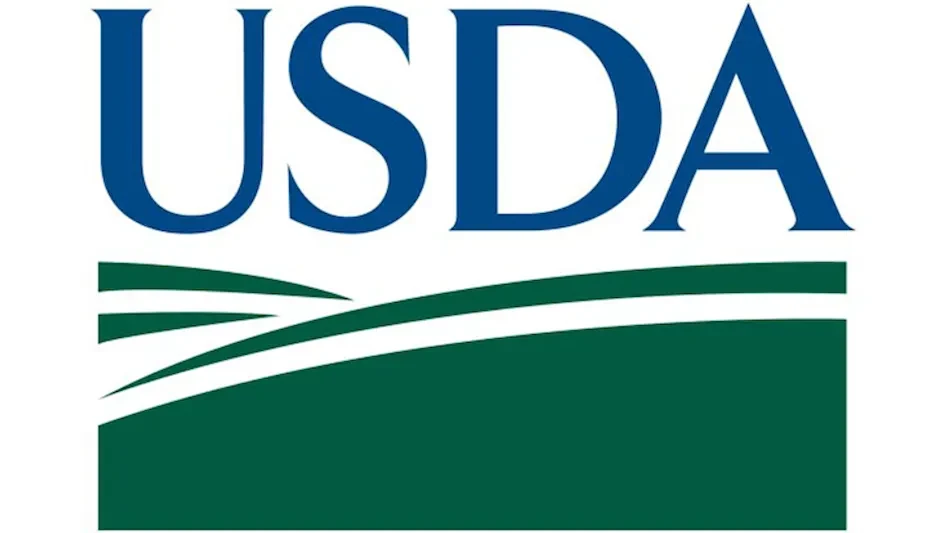 Does one bad apple literally spoil the whole bunch? How about one bad potato or strawberry or onion or ...
Does one bad apple literally spoil the whole bunch? How about one bad potato or strawberry or onion or ...
It can, if it is not rooted out or its degradation is not otherwise halted. In fact, as explained in a document by Steven Rice, Department of Biological Sciences, Union College, N.Y., for the Botanical Society of America, plants communicate and coordinate germination, growth, development, reproduction, and environmental response through hormones, one of which is ethylene. While most of the hormones are transported within the structure of the plant, ethylene is transferred in a gas, enabling it to affect other vegetation as well. And one of the key functions of ethylene is to promote ripening … which can lead to over-ripening … which can lead to degradation.
The “one bad apple” saying can be traced back to the time when fruits and vegetables were stored in a root cellar for winter use, and a family member was relegated to sorting through the bins each week to remove those that were starting to go bad—so that they would not spoil the whole bunch.
And it is a biological fact of produce with which the industry still contends today. But such degradation is not limited to fresh produce. “Except for a few things, like red wine and some cheeses, all foods degrade at some rate,” said Joseph Hotchkiss, director of Michigan State University’s School of Packaging. “The goal of technology is to slow down that rate.”
Degradation is a matter of rate and kinetics and changes over time, Hotchkiss said, explaining, “It’s all mathematics.” And to change the outcome of the equation, technology focuses on four key areas: product, storage, process, and packaging Hotchkiss gave milk as an example of the impact of these on a product’s shelf life, assuming storage under ideal conditions:
- Raw milk can last about three days.
- Pasteurized milk can be good up to about 21 days.
- Pasteurized milk in asceptic packaging can stay fresh for up to six months.
“It is the same product, but how it is processed and packaged has a difference on its shelf life,” Hotchkiss said.
What many people don’t realize is that such technologies can also have an impact on the nutrition of a product. Although the U.S. government continually promotes the consumption of fresh fruits and vegetables, some processed produce, such as canned tomatoes and carrots, can provide more vitamins than fresh, he said. “So just recommending fresh is painting an incomplete picture.”
Additionally, because today’s consumer expects to have “fresh” fruits and vegetables year round, including that which cannot be locally grown, methods must be found to transport produce long distances while maintaining freshness.
One option, as explained in Rice’s document, is using the ethylene production to advantage. Growers will pick fruit when it is not ripe, hold it in enclosed conditions without ethylene, then expose it to ethylene just before taking it to market.
The other option—to avoid preservatives and processing—is product packaging, which Hotchkiss calls “an invisible technology.” For example, microperforated packaging can extend the shelf life of produce. While consumers may be against preservatives or genetically modified foods, they are unlikely to oppose microperforations. This is one reason that the trend of using packaging to improve shelf life is on the upswing—with a focus on both quality and safety: making the food look or taste better for a longer time. As an invisible technology, Hotchkiss said, “It is a behind-the-scenes effort, but a worldwide effort.”
Packaging for Shelf Life. “The ‘holy grail’ that everyone wants is antimicrobial packaging,” Hotchkiss said. This includes everything from nanosilver to release of natural gases to high-tech ideas for both packaging materials and transport. In fact, there are many packaging technologies that are never seen in the grocery store; rather they are used to keep food fresh in transport.
Controlling the release of ethylene to reduce the impact of “one bad apple” on the whole bunch is one of the most critical aspects of transport packaging of produce. As growers seek to ship an ever-higher density of produce for the greatest return on space, it becomes ever-more important to control damage and degradation to each individual item, and reduce the potential release of ethylene and molds. One such technology is a film with ethylene absorbers and blockers that can sense ethylene and release it from the area when it gets above a specified concentration. This enables the fruit to stay fresh and ripen—or not—at a pre-determined rate.
Overall, though, the best option for retaining quality is implementing hurdle technology, Hotchkiss said. “Place a series of hurdles to slow it down.” Combining approaches, or hurdles, can help decrease the potential for or block degradation in the food.
Sustainability. Hotchkiss is also seeing an ever-greater push for sustainable packaging in industries beyond foods. But, with food, care must be taken that increasing the sustainability of the packaging does not adversely impact the quality or safety of the food within.
There will continue to be a focus on sustainability in packaging, but for food, the impetus is likely to tend more toward the sustainability of the food itself—controlling waste and reducing what ultimately becomes unsellable product when its shelf-life expires.
Through both MSU’s packaging research and that of other institutions and private industry, Hotchkiss is seeing continual advancements in packaging technologies of which the food industry needs to be aware and informed. “If you don’t take advantage of those,” he said, “You’re in danger of being left in the dust.”
The author is Editor of QA magazine. She can be reached at llupo@gie.net.

Explore the December 2012 Issue
Check out more from this issue and find your next story to read.
Latest from Quality Assurance & Food Safety
- Bird Flu: What FSQA Professionals Need to Know
- Registration Open for 129th AFDO Annual Educational Conference
- Frank Yiannas, Aquatiq Partner to Expand Global Reach of Food Safety Culture
- World Food Safety Day 2025 Theme: Science in Action
- Ancera Launches Poultry Analytics System
- USDA Terminates Two Longstanding Food Safety Advisory Committees
- Catalyst Food Leaders Announces Virtual Leadership Summit for People in Food
- Food Safety Latam Summit 2025 Set for Mexico City





